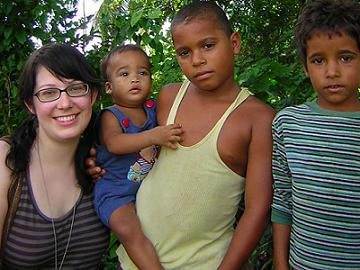TWO SEMI-STRANGE things in the last couple days have occasioned me to think more about place than usual:
A. On a call with a group of travel marketing people, an executive said “position place” as in “there are ways we like to ‘position’ place” [doggy-style?]
B. One of my favorite writers posted a bizarre blog post that talked about a country music song and how the lyrics would lead you to think that the guy singing was from “the country, ” but then after researching the singer’s hometown (and posting statistics about education, jobs, median income there), his conclusion was “I’m way more hick than he is.”
